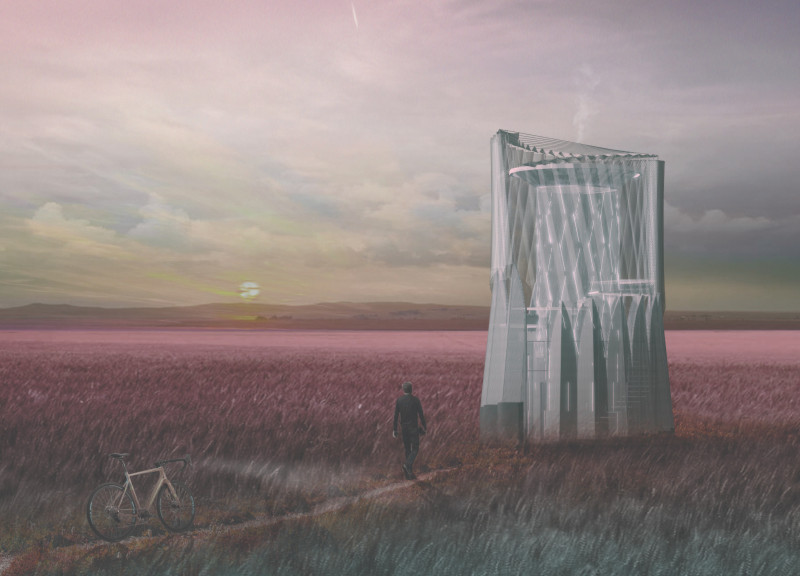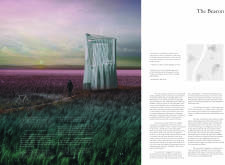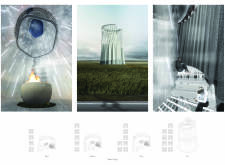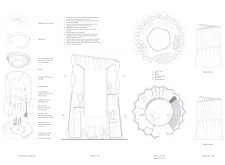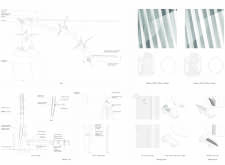5 key facts about this project
The Beacon is an architectural design project focused on creating a structure that harmonizes with its natural environment while serving diverse functions. The project emphasizes sustainability and user engagement, aiming to provide a multifunctional space for relaxation, social interaction, and connection with nature. Its design exemplifies a modern interpretation of architecture that prioritizes ecological integration.
Multi-Functional Design Approach The architecture of The Beacon is characterized by its adaptability. The structure is divided into distinct zones, each designed for specific activities including repair, refreshment, and rest. This multiplicity allows the building to accommodate different uses at various times, engaging users in multiple experiences. The central atrium, functioning as the core of the structure, facilitates natural ventilation and provides expansive views of the landscape, enhancing the user experience.
The material choices made in The Beacon further differentiate it from similar projects. Polycarbonate panels are used for their translucency, allowing natural light to permeate while maintaining heat retention. This choice not only improves the energy efficiency of the building but also contributes to a dynamic interplay of light and shadow throughout the day. Supplemented by ETFE pillows, which serve as both roofing and insulation, The Beacon stands as an example of innovative material usage in contemporary architecture.
Sustainable Practices and Environmental Integration The architectural design of The Beacon is firmly rooted in sustainable practices. Prefabricated concrete elements provide structural stability while minimizing on-site construction impact. Steel frames lend support to the lightweight facade, allowing for a streamlined construction process. Additionally, self-cleaning coatings enhance the building’s durability and reduce maintenance needs.
The incorporation of tension cables to stabilize the form further reflects a thoughtful approach to structural engineering, merging function with aesthetic intent. The design responds effectively to the environmental context, encouraging visitor interaction with the surrounding landscape while promoting a sense of tranquility.
Through its carefully planned zones, innovative material selections, and sustainable practices, The Beacon represents a progressive step in architectural design. To gain a fuller understanding of its intricacies, including architectural plans and sections, interested readers are encouraged to explore the project presentation and its comprehensive details. This exploration will provide deeper insights into the architectural ideas that shape The Beacon and its contribution to modern architecture.


